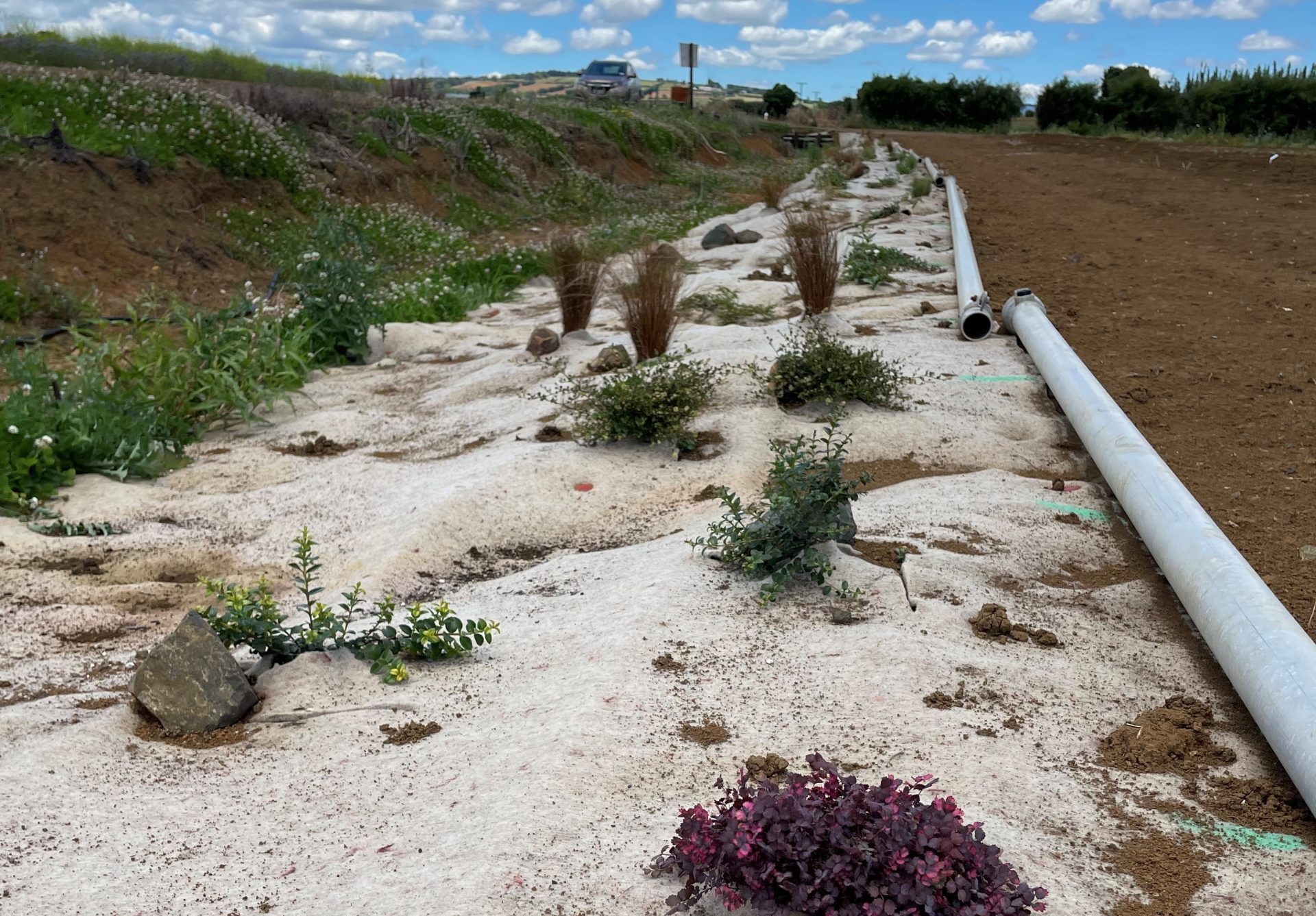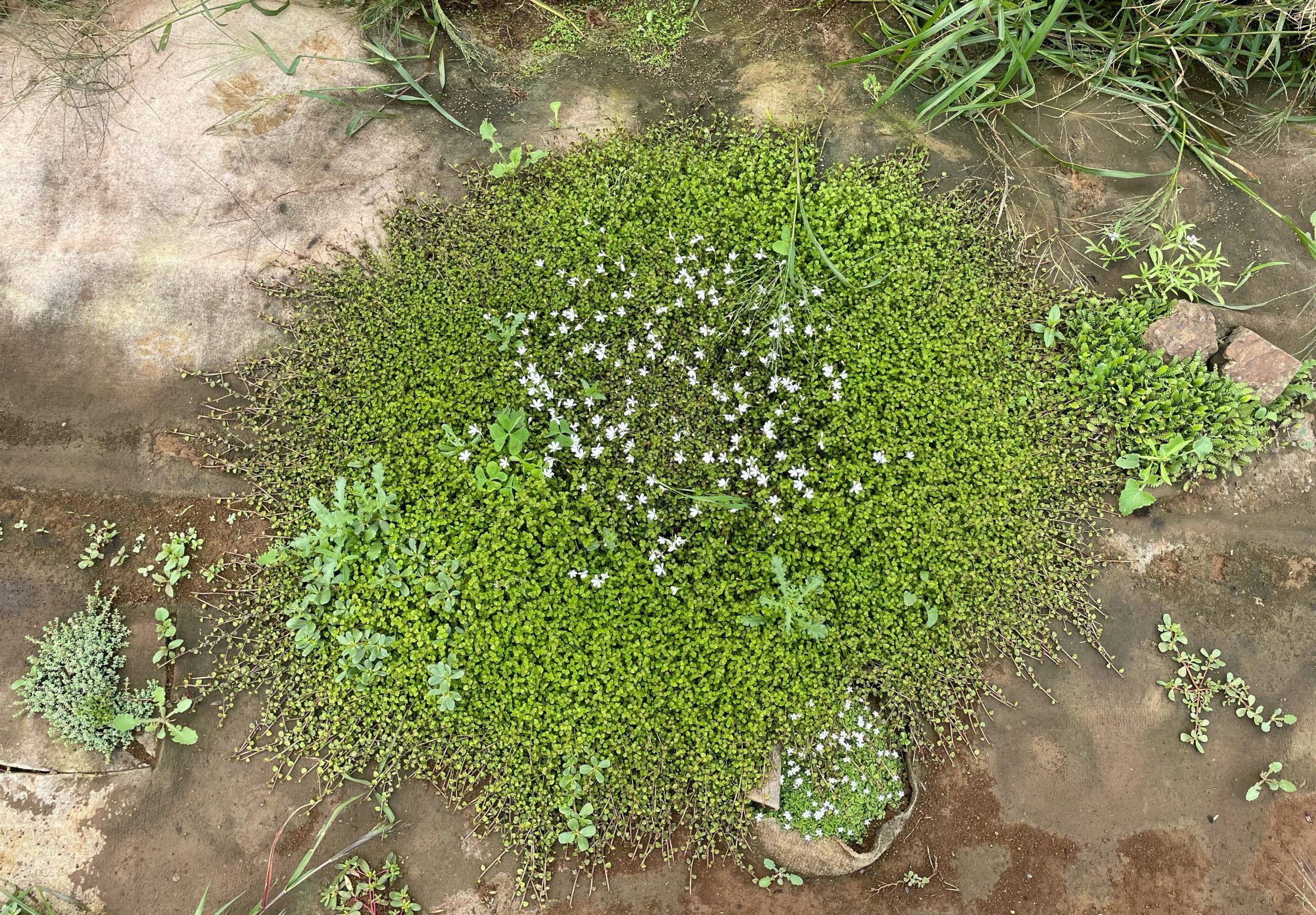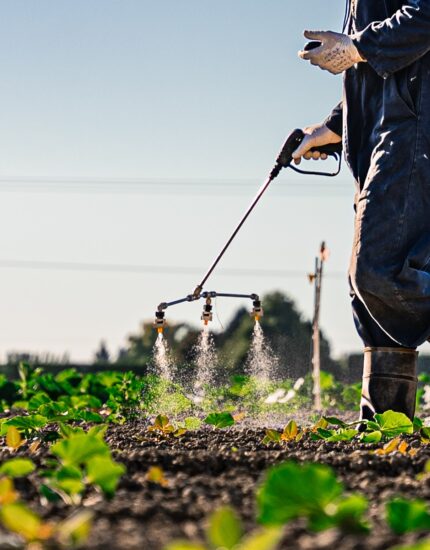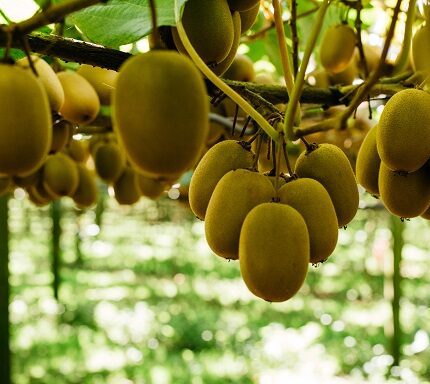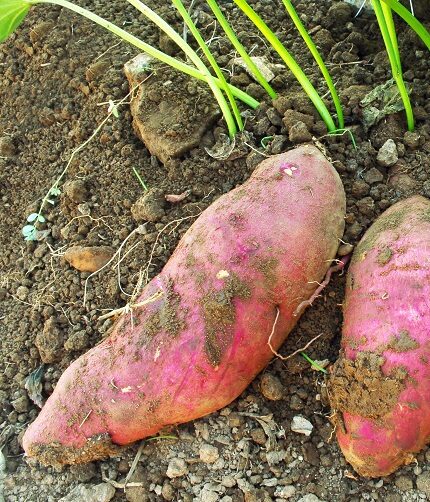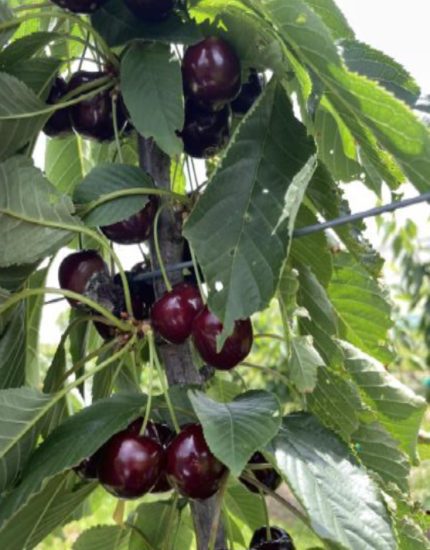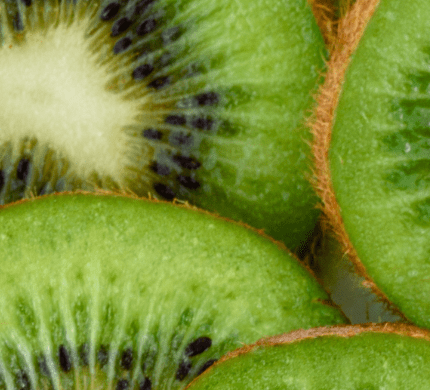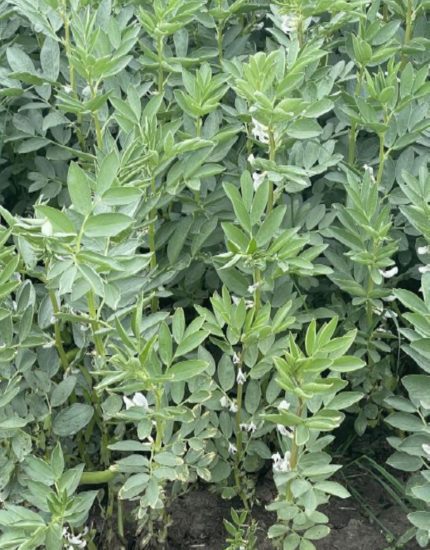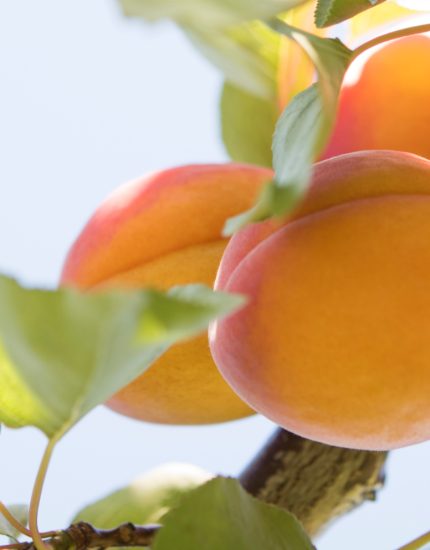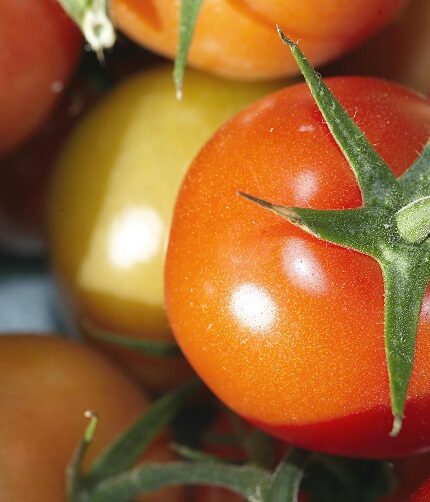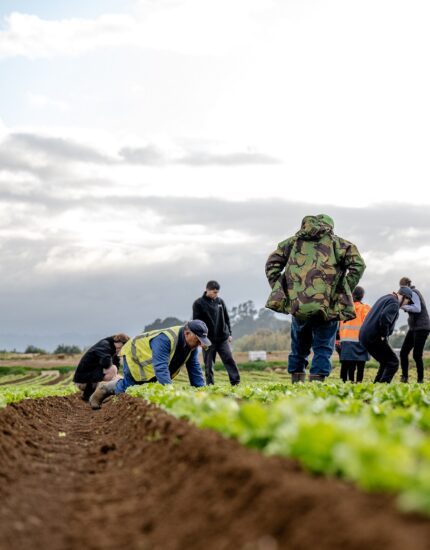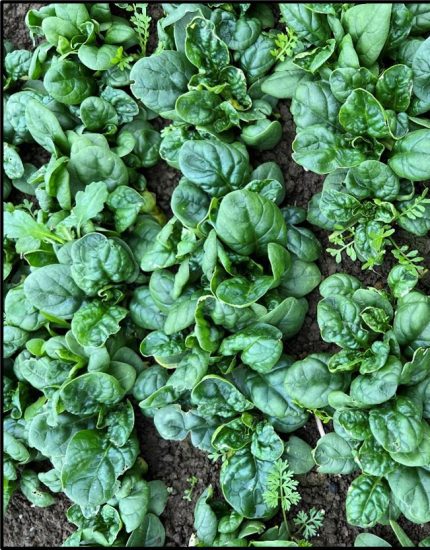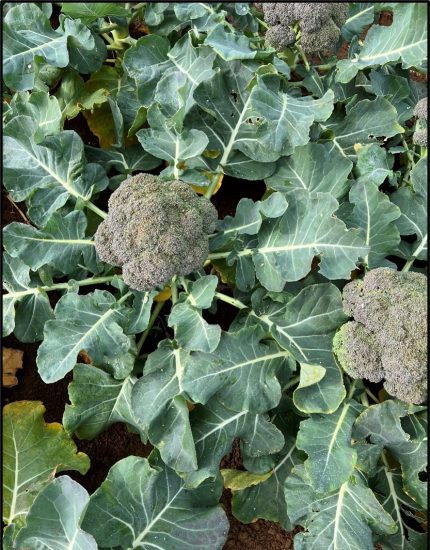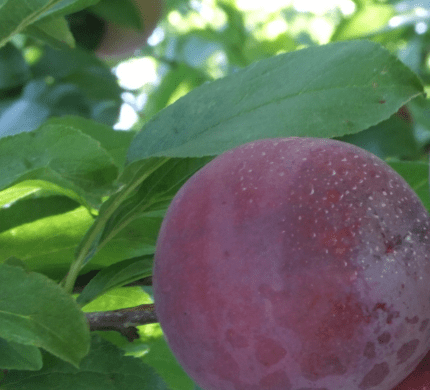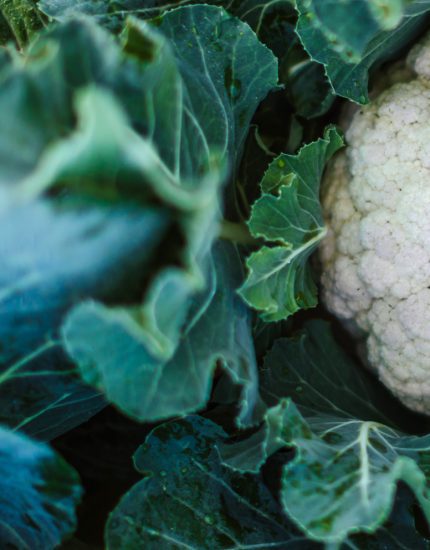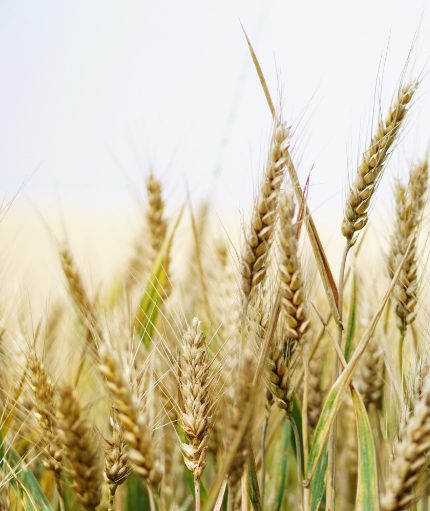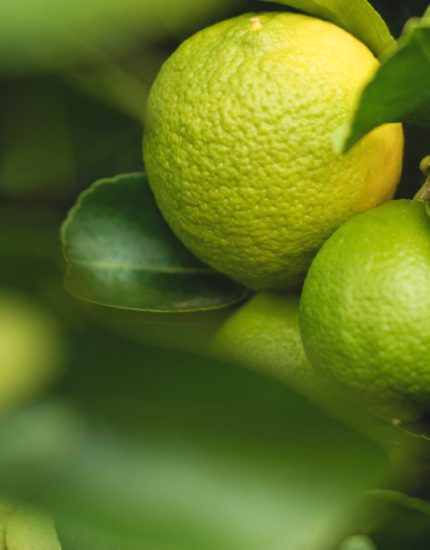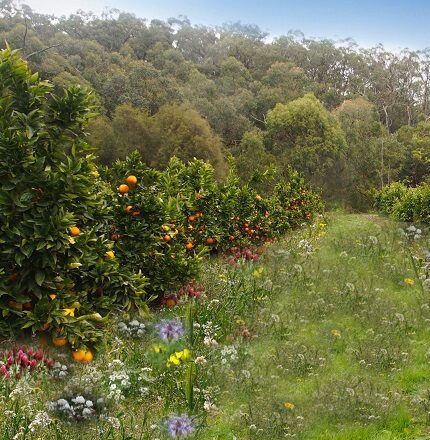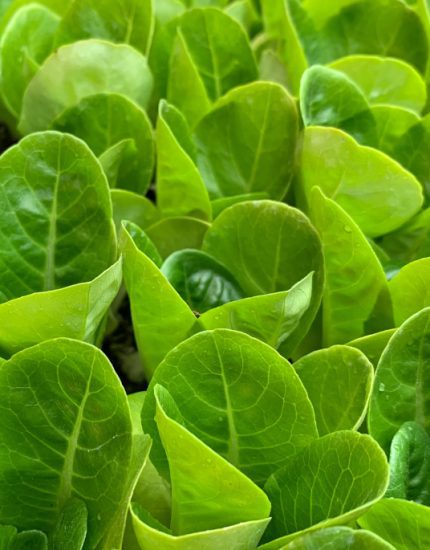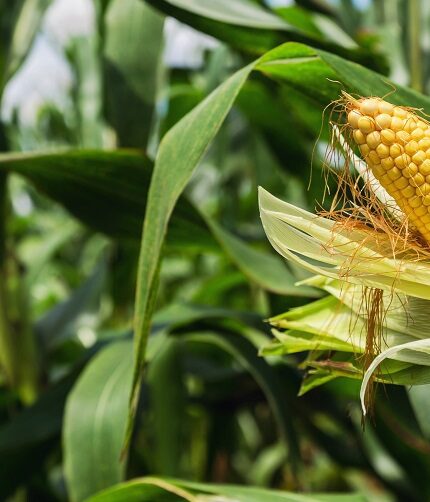Biodiverse planting on vegetable farms
This project aims to manipulate the abundance of beneficial insects on vegetable farms to reduce pests in crops by adopting existing knowledge as proof-of-concept trials in NZ vegetable cropping situations.
The objective is to demonstrate how increasing biodiversity on vegetable farms can result in more beneficial insects, fewer insect pests in crops, and less insecticides required. This is achieved through planting of beneficial native perennials and annual flower species to provide a continuous source of shelter, nectar, alternative food and pollen to attract and maintain beneficial insect populations.
Read project updates:
- March 2023: Boosting beneficials on vegetable farms
- April 2023: A blooming approach to pest management
- October 2023: Beneficial lessons learned in native planting project
- November 2023: Cover crop successfully supports spring IPM
- March 2024: Diversity of benefits in biodiversity explored
- April 2024: Sharing knowledge of biodiversity planting
- May 2024: Growing biodiversity, pod by pod
- August 2024: Annual flower strips guide for growers
- September 2024: Sowing the seeds of last season’s knowledge gains
- October 2024: Biodiversity and IPM focus of new grower resources
- October 2024: Natives provide food and shelter for beneficials
- November 2024: Regional learning growing biodiversity project knowledge
- November 2024: New grower resources for summerfruit and vegetable sectors
- January 2025: Winter lettuce focus of new case study
- January 2025: Workshop series shows IPM reduces insecticide costs
- March 2025: Grower group seeding biodiversity on farm
- April 2025: Native plants enhance winter predator populations
Grower Resources
An A Lighter Touch educational forum focusing on Biodiversity in a cropping farm environment was held at the demonstration farm in March 2024. Recordings of the five presenters at this event are available here.
- Dr Charles (Merf) Merfield – Why a biodiverse landscape is important
- James Gardiner – Implementing biodiversity projects on NZ farms
- Dr Brad Howlett – Native plantings that support beneficial insect biodiversity
- Olivia Prouse – Boosting beneficials using biodiverse planting on vegetable farms
- Michael Arnold – “A Lighter Touch,” the LeaderBrand story
A Plant Species List is available sharing knowledge gained from the A Lighter Touch, Vegetables New Zealand and Onions New Zealand biodiversity project at the demonstration farm in Cronin Road, Pukekohe. It provides details of the species used in native permanent planting, moveable pods of natives, annual flower strip planting and cover crops. It also includes the vegetable crops grown alongside the beneficial planting. This is the first version of the resource, which will continue to be updated as new knowledge is gathered from this five-year project.
Download:
- the Plant Species List here.
A series of “how to” guides are being produced from this project. Three of these are available now and focus on the use of Annual Flower Strips, Mobile Insectaries and Cover Crops to increase farm biodiversity. The three guides cover planning, species selection, monitoring and maintenance, as well tips to help engage and educate your teams, record keeping, and some common pitfalls to avoid.
Download:
- the Annual Flower Strips Guide here
- the Mobile Insectaries Guide here and
- the Cover Crops Guide here.
Monitoring sheet templates for tracking progress and optimising benefits of both annual flower strips and mobile insectaries are also available.
Download:
- the Annual Flower Strips Monitoring Sheet Template here and
- the Mobile Insectaries Performance Monitoring Sheet here.
A case study detailing the management of a spring lettuce crop, utilising integrated pest management (IPM) and biodiversity as key strategies, has been produced from knowledge gathered from projects at the Pukekohe demonstration farm.
Download:
A Lighter Touch podcast: Biodiversity Mini Series
We have adapted the Biodiversity Forum above into a two episode podcast that you can listen to via aCast (below) or Spotify.
Moveable pods - How they work
Moveable pods of native plants are one of the components of the A Lighter Touch biodiversity project at the Pukekohe demonstration farm, and this short video explains how they work.
The purpose of the pods is to provide another means of bringing nectar sources into the crop to encourage beneficial insects to move through, without the need for plantings in the ground. The moveable format enables the pods to be located at pest hot spots and moved from crop to crop as required.
You can find the plant species used in the pods in the resource developed from this ALT-Vegetables NZ-Onions NZ project on the ALT website. Watch as Olivia Prouse, who has led the biodiversity project work, explains.




